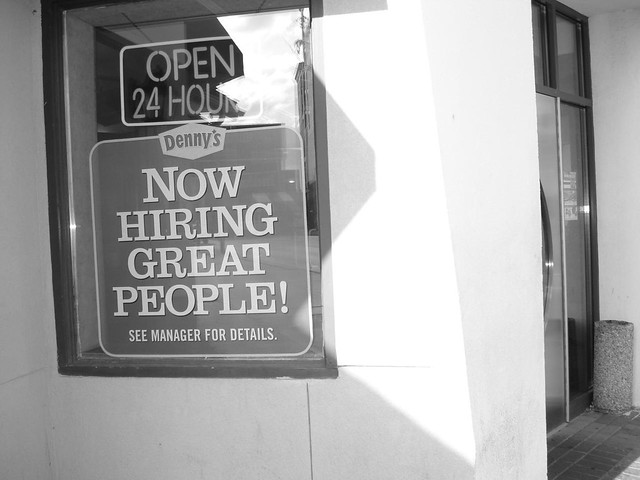
Generally, a high staff turnover is a sign that all is not well within a business. The UK average employee turnover rate is approximately 15%, but some industries by their very nature tend to rely on casual labour, temporary workers, or simply employees who have no intention of remaining with the firm for very long.
For businesses that rely on seasonal trade with its fluctuating levels of demand, a high level of staff turnover is actually quite normal. However, there are longer-term effects on your business when working with a regularly changing workforce.
Businesses that can retain staff for long periods are also better placed to keep their employment costs manageable. The costs of recruiting, training and equipping staff can be substantial, even for low-paid positions. The time taken for a member of staff to learn the ropes and become fully productive also has a financial implication. Every time the recruitment cycle is repeated, the same financial costs are incurred to the sum of £42 billion per year across the country. Those businesses that can minimise turnover can also avoid the additional recruitment overheads.
If your business relies on casual or seasonal staff, you must try to reduce the costs associated with recruitment wherever possible. The key is to make the hiring process as efficient as possible, reducing time and costs in the process.
Manage the process
By creating a recruitment procedure, you can manage every aspect of the cycle and keep everything moving forward smoothly. By breaking the process into documented stages, it becomes much easier to control and assess progress.
Initially, a simple paper-based checklist will suffice, but for the greatest efficiencies your business should look into the use of a computerised HR and payroll solution. Such a system has the ability to automate many of the common personnel tasks, such as generating payslips, managing timesheets, and providing a storage area for critical documents such as contracts.
Businesses that hire temporary staff are also vulnerable to approaches from illegal immigrants seeking work. Your HR process must allow for checking identification and visa status as part of the recruitment process. Your HR system can help provide an audit trail proving that you have performed due diligence for each member of staff.
If you have a high turnover, it’s likely that for each new hire, there will be someone else leaving your employment. A computerised payroll solution can help automate production of statutory forms such as P45s and final pay-slips. Payroll and HR software, such as SnowdropKCS can help manage the entire employment cycle for every member of your workforce.
Get your staff involved
No matter how quickly your workforce refreshes, existing employees will always be more experienced and knowledgeable than someone starting their first shift. To help get new hires up to speed, you should work to create a culture of collaboration that encourages transfer of knowledge and skills between team members.
Aside from the initial induction, existing team members are often best placed for showing new staff how your company works at the coalface. This transfer of knowledge helps keep your team up to speed and prevents skills gaps appearing when staff move on.
Employee turnover rates can also have a major effect on staff morale, with those “left behind” often having to take on extra workload while new recruits are sourced and trained. By encouraging staff to train each other and share knowledge, your business may be able to foster the personal connections required to reduce workforce turnover.
Offer perks and bonuses
Your business may not be in a position to offer improved salaries, but there is often the potential to offer perks and bonuses. What form these benefits take will be different between businesses, but it could be a great way to reduce staff turnover.
You will need to keep a record of these benefits for tax purposes, ideally along with the employees’ other payroll information. As before, a computerised payroll system makes storing and retrieving this data easy, particularly in the event of an audit or for tax returns.
You may also find it helpful to provide employees with complete details of their benefits package so that they are less likely to be tempted by marginally higher wages. Ultimately, happy employees stay longer in a company than unhappy ones, so being transparent with them and offering perks where you can will go a long way towards reducing your staff turnover.
Image of hiring sign from Flickr










